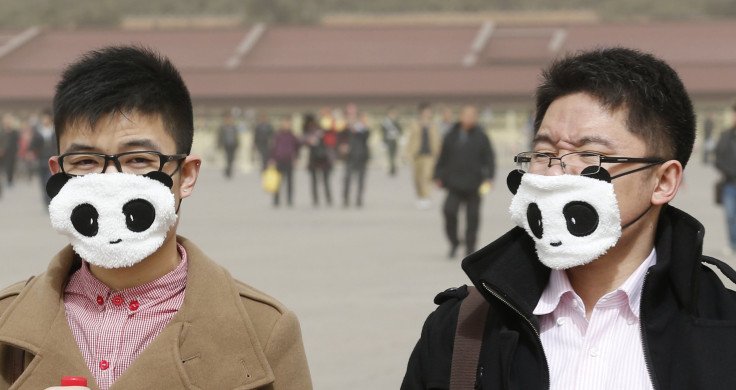China Will Publish A Monthly List Of Its Most Polluted Cities And Will Rein In Coal Consumption

China's latest attempt to ease its escalating air-pollution problem includes plans to publish a monthly list of the nation's 10 most-polluted cities along with a list of the 10 cities with the cleanest air, the government said.
The government hopes to shame offending cities into passing more environmental measures, and topping the list will probably be its capital, Beijing.
Thomas A. Cahill, professor emeritus of physics and atmospheric science at the University of California, Davis, told ChinaFile, a not-for profit English-language online magazine published by the Center on U.S.-China Relations at the Asia Society, that Beijing’s pollution level is far worse than that of lower Manhattan immediately following the 9/11 attacks on the World Trade Center. Cahill said that while the worst days in New York lasted only a few weeks, Beijing’s bad air is a constant and unless drastic measures are taken it isn't likely to ease any time soon.
While Beijing may be the most well-known example of China’s polluted regions, there are others. An official environmental assessment published in August found that the northern megacity of Tianjin, as well as Hebei, Shanxi, Inner Mongolia and Shandong are six of China’s most-polluted regions. In addition, the Asian Development Bank found that seven of the world’s top 10 most air-polluted cities are in China, CNN reported on Thursday.
With all of these worrisome statistics, the administration in Beijing finally appears to be serious about tackling its pollution problem with the list of its most-polluted cities.
"We must put air-quality control as an ecological red line for economic management and social development," China's Vice Premier Zhang Gao Li, said in a statement announcing the new policy at the 18th Air Pollution Control Conference in Beijing on Wednesday. “Air-pollution control is a long, arduous and complex mission. We need to highlight the control of major polluted cities and strengthen the reduction and management of various polluters.”
There has been no announcement of when the first list will be published, but already the six most-polluted regions likely to make the list have agreed to an official plan to to cut the concentration of harmful particles by 25 percent by 2017, CNN reports.
Huang Wei, a climate and energy campaigner at Greenpeace China, said the new policy is a good start, but it’s not enough.
“It’s also important to control energy, especially coal consumption,” Huang told CNN. “Some cities didn’t clarify how much they are going to reduce their coal consumption. The lack of a number makes us worried that there won’t be any dramatic change in terms of air quality.”
Coal burning is a major cause of harmful particles in China's air, and a national blueprint has been announced to lower the concentration of those particles by at least 10 percent between 2012 and 2017 for cities not in the six most-polluted areas. Earlier this month, Beijing said that it would stop approving coal-fired power plants in heavily polluted industrial areas.
While China will remain the world’s largest consumer of coal for years -- with 70-80 percent of its energy needs being met by burning the nonrenewable source -- Beijing has said that it hopes to reduce national coal consumption to 65 percent by 2017.
The environmental measures, however small to start, can't come soon enough for the Chinese people. A recent Greenpeace report showed 83,500 people died prematurely in 2011 from respiratory diseases in the provinces of Shandong, Inner Mongolia and Shanxi, China’s top coal-consuming provinces.
© Copyright IBTimes 2025. All rights reserved.





















